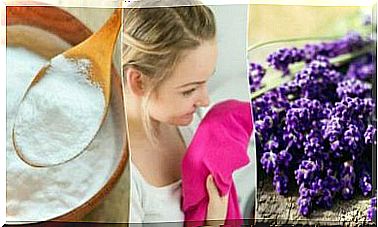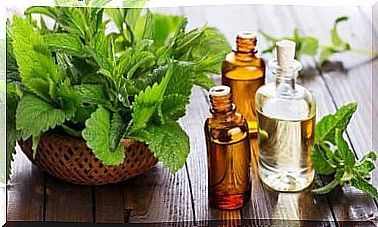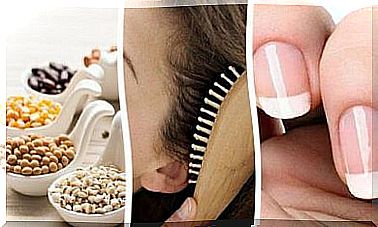Lecithin: What Is It And What Is It For?
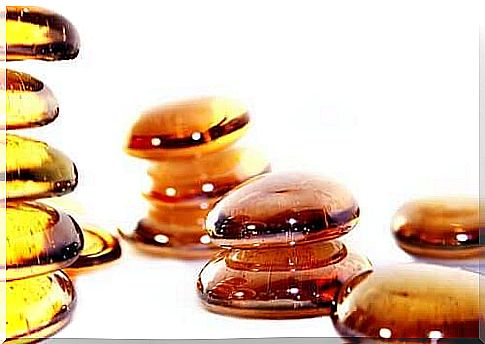
Lecithin is a type of fat found in some body tissues and in some plants. Chemically, it is composed of phospholipids with phosphoric acid, choline and glycerol, plus one or two fatty acids.
Although its name directly leads us to think of dietary supplements, lecithin is a natural substance. It is part of our tissues, the tissues of other animals and some plants. In fact, it’s a substance that we regularly generate as a result of normal digestive processes.
The first time lecithin was isolated was in 1850, from the yolk of an egg. Interestingly, its name derives from the term “egg” in Greek: lekhitos . However, it can be obtained from a variety of sources, including some such as the following:
- Soy.
- Canola.
- Cotton.
- Sunflower seeds.
- Egg.
- Other animal fats.
Main uses of lecithin
Lecithin has many uses in very varied fields. It is used in the food and pharmaceutical industry for the manufacture of food and cosmetics. It can also be taken as a supplement or used at home to prepare homemade sweets and other dishes.
Lecithin as a dietary supplement
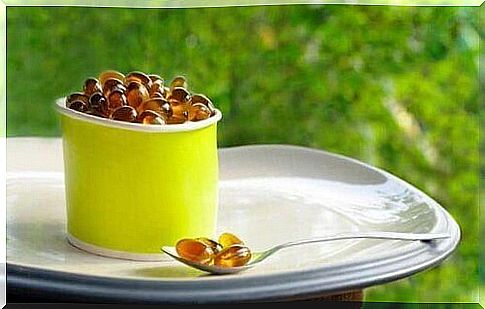
One of the most widespread particular uses of lecithin is as a dietary supplement. In this case, the most common option is usually the soy derivative, which can be found in the form of granules or oil capsules. It can also be made from sunflower seeds or egg yolk.
Lecithin has a nutritional composition and a set of characteristics that give it countless benefits for our body. Below, we detail some of them:
- One of the best known and most commonly used lecithin supplements is to control blood cholesterol : lecithin can lower LDL cholesterol levels and raise HDL cholesterol levels.
- Digestive aid in people with ulcerative colitis. Because it is rich in phosphatidylcholine, it nourishes the mucous layer of the intestine. Improvements in the digestive process have been observed in these patients, who usually have a delicate intestinal mucosa.
- During breastfeeding, lecithin can be used to prevent recurrent problems in the breast ducts, although it is not effective in treating them. She is recommended by the “Canadian Breastfeeding Foundation”. This way, the milk would lose some viscosity and clogging of the ducts would be less likely.
- Improves cognitive functions thanks to choline (one of the B-complex vitamins), which plays an important role in brain development. It can help improve memory.
- Possible benefits during menopause. This was highlighted in a recent study published in the Nutrition Journal . In this study, it was possible to notice a reduction in fatigue and an increase in energy levels in a group of women during menopause. However, more research would be needed in this regard.
The use of lecithin as a food ingredient
Lecithins, regardless of their origin, have emulsifying capacity. This means that they are capable of joining two liquids that would not mix well ; for example, oil and water. As a result, processed food products gain a uniform and homogeneous appearance.
It is common to find emulsifiers in products such as the following:
- Bakery products such as cakes, pastries or breads – to prevent them from drying out or spoiling quickly. They also help to extend its shelf life and provide a softer, fluffier texture.
- Ice cream : melt more slowly and take on a smoother texture.
- Processed cheeses : allows the added liquid part, usually water, to be well connected to the fatty part.
Its use is approved by the European Union as a food additive in accordance with EC regulation 1333/2008. In ingredient lists we can recognize it with the number E322.
beneficial to the skin
The emulsifying property of lecithins is also useful in the cosmetic industry. Thanks to this, it is usually an ingredient present in many creams. Allows you to obtain a smooth and homogeneous texture.
Furthermore, lecithin is rich in antioxidants, phosphorus and vitamins E and A. Therefore, it is good for keeping the skin hydrated and supple. It has the ability to restore moisture to the skin and leave it soft, reducing scaling and providing flexibility.
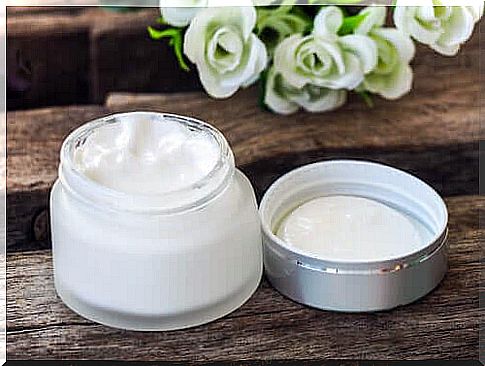
Risks and contraindications
Lecithin is considered by the Food and Drug Administration (FDA) and the European Food Safety Agency (EFSA) to be a safe ingredient or additive in both food and cosmetic products. Furthermore, its use is authorized without establishing maximum amounts.
The main risk of lecithins would be for people with allergies to eggs or soy. If taking lecithin supplements, allergy sufferers should be well informed about its provenance. Likewise, it is necessary to read the labels of all manufactured products, as, as we have seen, it is usually present in most of them.
As a supplement, there seems to be no other risks or contraindications if the indicated doses are respected. However, it is always advisable to obtain nutrients from food and consult specialists before taking any supplement, especially for people with pre-existing conditions or taking medication.
Lecithin is not just a cholesterol supplement
Although this is one of its best known properties, it can help us in many other functions and situations when taken as a supplement.
In addition, it stands out for its high capacity to emulsify watery and oily textures, resulting in more homogeneous and softer products. Thanks to this, its use as an ingredient is common, both in food and in cosmetics.

